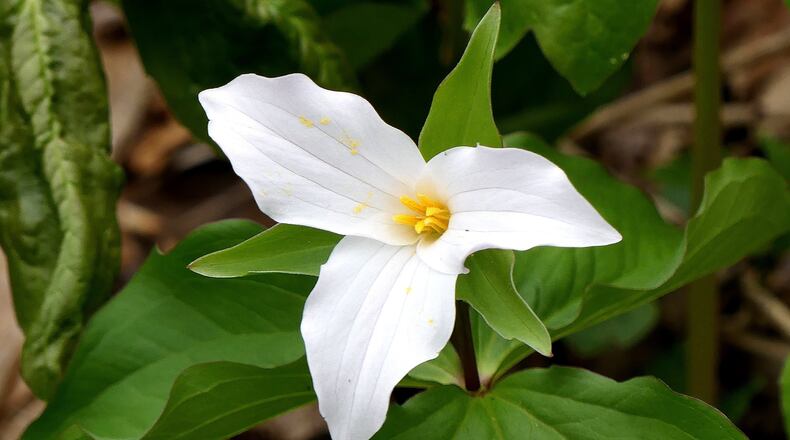Happy New Year. Heading into 2022, here are some observations:
• Tuesday is annual Perihelion Day, when Earth will be at its closest distance to the sun — some 91,402,500 miles from the sun’s center at 2 a.m. It won’t mean, however, more warmth for us: January and February normally are Georgia’s coldest months.
• The main reason, say NASA scientists, is that seasonal weather is caused by the 23.5 degree tilt of Earth’s spin axis, not by the Earth’s orbit around the sun. During winter in the Northern Hemisphere, Earth is tilted away from the sun. Thus, sunlight hits the hemisphere less directly than it does in summer, making winter days shorter and colder.
• Winter officially started Dec. 21 with the winter solstice, which marked the shortest day of 2021. Now, the days gradually are getting longer — almost a minute of daylight gained each day. By the end of January, Georgia’s total gain in daylight will be almost three-quarters of an hour. The days will continue to get longer until we reach the summer solstice on June 21, the longest day of 2022 and the first day of summer.
• Although the days are growing longer, another reason January and February usually are the coldest months is because of something called “heat lag.” Oceans, which have a huge impact on weather and climate, take longer to heat up than land. The warming of days will come after the oceans have time to warm, usually by the end of February.
• For countless seeds produced last summer and fall by various plants and now lying dormant in the ground, the cold is good. Many wildflower species — such as milkweeds, trilliums and Virginia bluebells — need a spell of moist cold known as stratification before their seeds can germinate. Without winter to crack open their genetic codes, the living embryos in many seeds eventually would die regardless of spring sunshine and rain.
IN THE SKY: From David Dundee, Tellus Science Museum astronomer: The Quadrantid meteor shower, visible at night through early next week in the northern sky, will peak Monday before dawn. The shower typically produces some 50 meteors per hour. The moon will be new on Sunday. Venus and Mars are low in the east around dawn. Jupiter and Saturn are low in the west at dusk. Saturn will appear near the moon on Monday; Jupiter will do so on Wednesday.
Charles Seabrook can be reached at charles.seabrook@yahoo.com.
About the Author
Keep Reading
The Latest
Featured


